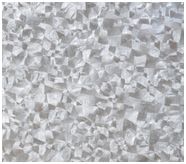I Want to Put Some Windows in My Pole Barn
Reader DON in NEVADA, TEXAS writes:
“I want to put some windows in my pole barn (3.0 x 4.0 probably) but want to know what should the bottom of this window be from floor elevation ? also, I will be framing out these windows inside as will have a finished out office in the corner of my building so what windows do I use to make this a fairly easy do? What are the best size and length of screws to fasten the siding to my girt system? Thanks.”
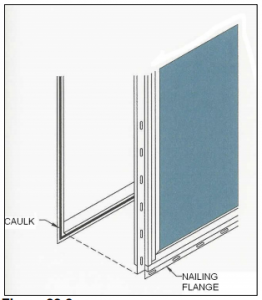 Post frame (pole barn) buildings “work” due to shear strength of steel roofing and siding. When unplanned holes are added to this system, it can compromise structural integrity (meaning it could fall down, go boom). You should never just add an opening (even if a door or window will fill said opening), without approval from engineer who performed original structural design (or consulting with one, if one was never originally involved). Also, to consider, wall deflection must be limited to prevent glass breakage. If your wall girts are externally mounted (wide face of girt to wide face of columns), consider reframing with bookshelf style girts to minimize deflection and provide for an insulation cavity.
Post frame (pole barn) buildings “work” due to shear strength of steel roofing and siding. When unplanned holes are added to this system, it can compromise structural integrity (meaning it could fall down, go boom). You should never just add an opening (even if a door or window will fill said opening), without approval from engineer who performed original structural design (or consulting with one, if one was never originally involved). Also, to consider, wall deflection must be limited to prevent glass breakage. If your wall girts are externally mounted (wide face of girt to wide face of columns), consider reframing with bookshelf style girts to minimize deflection and provide for an insulation cavity.
With this said – typically tops of windows are placed to be even with top of entry doors (6’8″ above top of slab). Order vinyl windows with integral J Channels to save trying to carefully cut and fit four pieces of trim around each window and not have leaks. Read more about no leak windows here: https://www.hansenpolebuildings.com/2020/03/no-leak-barndominium-windows/
Steel siding and roofing should be attached with Leland powder coated diaphragm screws. They are one-and-a-half inches long (so won’t pull out of girts), #12 diameter with a 1/4″ shank below head to prevent slotting from cyclical wind loads and have EPDM gaskets rather than neoprene rubber (neoprene has little resistance to UV degradation).
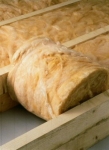 They don’t include the materials used, so I can’t research the materials cost. But does this sound like a reasonable quote? Seems high, but this is my first pole building. Maybe material cost is like lumber, UP UP UP…?
They don’t include the materials used, so I can’t research the materials cost. But does this sound like a reasonable quote? Seems high, but this is my first pole building. Maybe material cost is like lumber, UP UP UP…?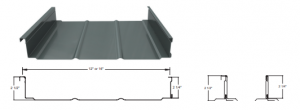 DEAR POLE BARN GURU:
DEAR POLE BARN GURU: 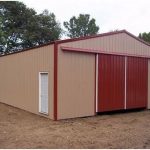

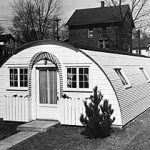
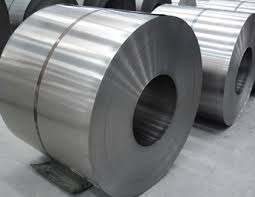
 I’ve actually toured the Precoat Metals plant near St. Louis, Missouri. The entire process of applying paint to bare galvanized and galvalume steel coil is nothing short of fascinating. Watch future editions of my blog for more about Precoat’s processes.
I’ve actually toured the Precoat Metals plant near St. Louis, Missouri. The entire process of applying paint to bare galvanized and galvalume steel coil is nothing short of fascinating. Watch future editions of my blog for more about Precoat’s processes.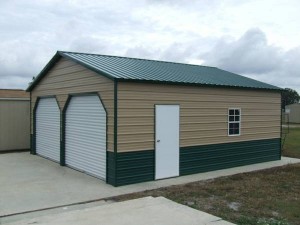 “It’s common to find zinc roofs that have been in service for more than 100 years throughout the major cities of Europe. For example, the famous German architect Karl Friedrich Schinkel (1781-1841) used zinc extensively for roofing and building ornamentation on several historical buildings and palaces, which still stand today.
“It’s common to find zinc roofs that have been in service for more than 100 years throughout the major cities of Europe. For example, the famous German architect Karl Friedrich Schinkel (1781-1841) used zinc extensively for roofing and building ornamentation on several historical buildings and palaces, which still stand today.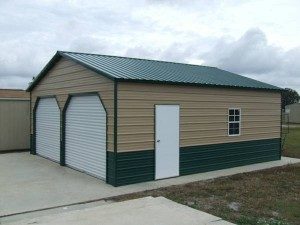 “Q. What can we do about a home in our neighborhood that is a disgrace? There are no gutters, the deck fell off and now we hear the owner plans to put up ugly galvanized steel siding just like on a pole barn.
“Q. What can we do about a home in our neighborhood that is a disgrace? There are no gutters, the deck fell off and now we hear the owner plans to put up ugly galvanized steel siding just like on a pole barn.